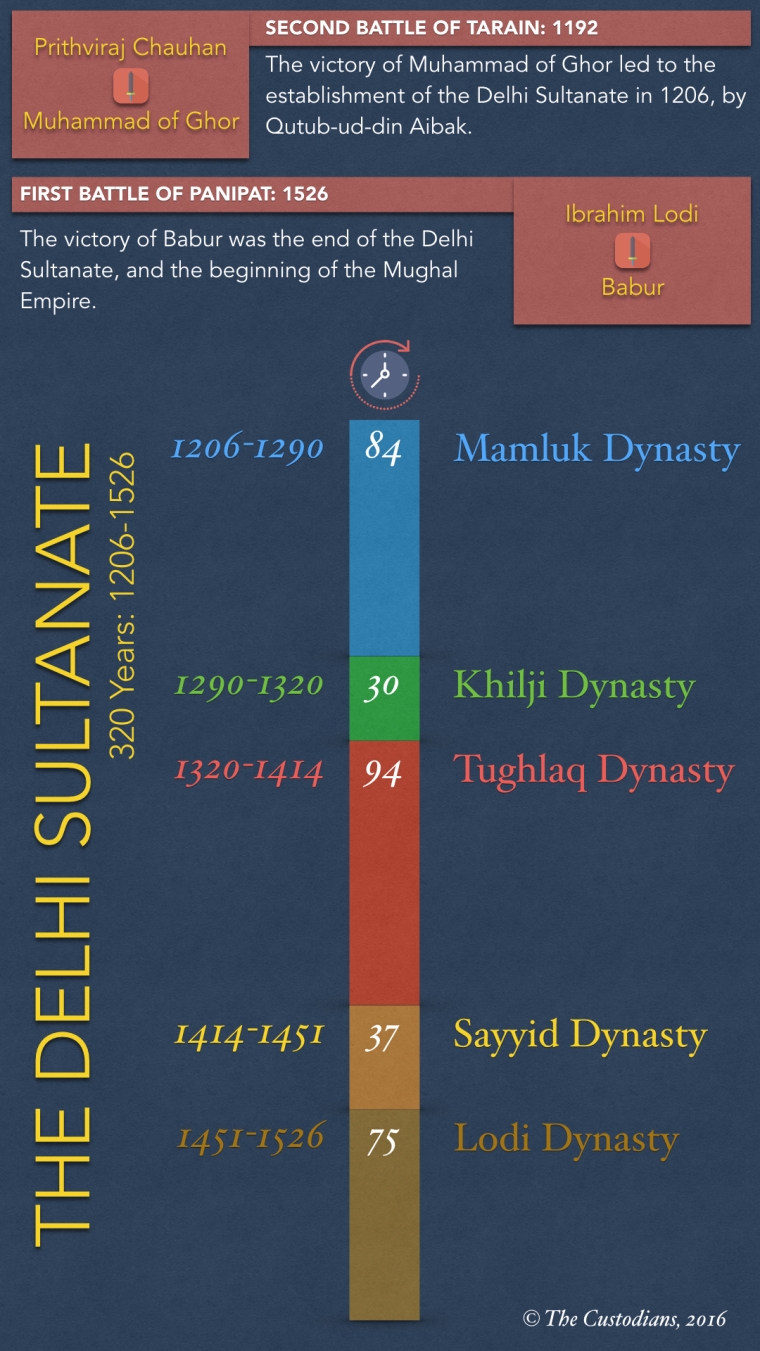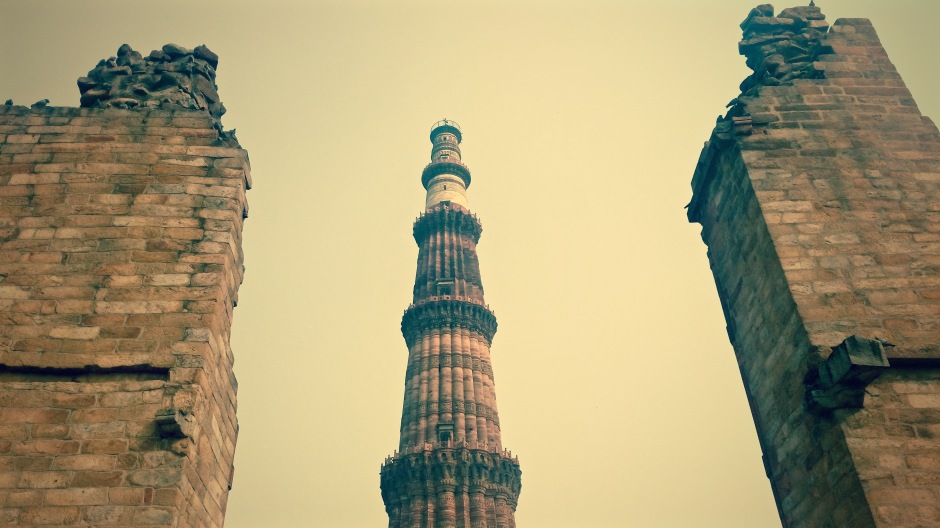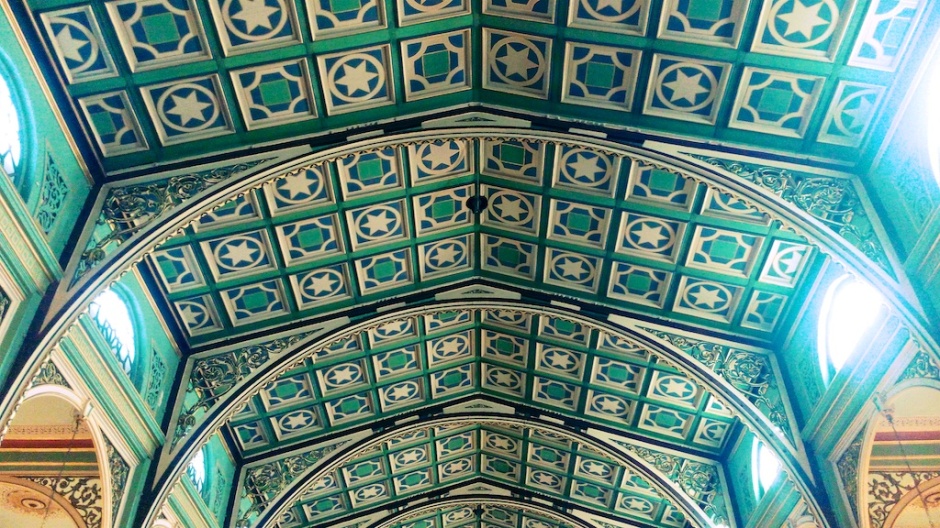Recently, I had the wonderful opportunity to take Mr. Bhat, of Tata Sons, and his wife on a short tour of the Dr. Bhau Daji Lad Mumbai City Museum. Since both of them were quite interested in the collection and were very observant, the conversation we had was quite enriching. Anyone who has ever worked in museums or spaces where visitors are encouraged to engage with the arts knows that the most rewarding moment is when the visitors connect to the objects and their stories. It is equally thrilling when someone tells you that they keep coming back to explore more.
After his visit to the Museum, Mr. Bhat published a lovely article describing his visit and offered a fresh perspective by drawing parallels between the world of corporate marketing and that of Museums and its curators. In India, museums and its workforce is slowly waking up to the idea of hiring specialists and experts to curate high-impact temporary and permanent exhibitions. Museums are non-profit organisations but do desperately need good business models to increase visitor engagement.
Visit any museum in India and you’ll surely see hoards of local and some foreign visitors. But Museums haven’t fully exploited its potential to become a tourist and cultural hubs of the cities they are situated in. Museums in bigger cities, for example Mumbai, are slowly working in that direction. The two museums in the heart of Mumbai host creatively curated ‘blockbuster’ exhibitions and tie-up with major museums abroad to facilitate exchange of ideas and exhibitions.
This article strikes the chord and pinpoints the hidden opportunity of cross-disciplinary dialogue and mutual benefits. How many schools offering marketing and branding specialisations or museum and curatorial studies in the country speak about this cross-disciplinary action? Arts and humanities are relegated to the “unnecessary” categories for those opting for MBA or Technical/Professional diplomas. On the other hand, an understanding of how businesses and financial worlds work is inaccessible for those who do not opt for a full majors in Economics in Humanistic or Liberal Arts disciplines for their undergraduate or graduate degrees.
Water-tight compartments in terms of education is worst deterrent to creative thinking, an indispensable skill in any career path. The focal point of Mr. Bhat’s argument is that the two worlds can offer a lot to each other in terms of engagement and creativity. As a person who works in the cultural sector and a confessed Museum-hopper, I was very happy to read this article and very flattered by his generous praise!
Thank you, Mr. Harish Bhat, it’s interested audience like you who make the story-telling fun! Read the full article here: “Why Marketers Should Visit Museums” (published on 18th Dec 2014 in Businessline, The Hindu)


